Description
Hollyhock Chaters Blooming Mix
Hollyhock Chaters Mix. A hardy cottage garden favorite, producing flower spikes rise up to 2.4 meters tall smothered in 10 cm diameter peony type fully double flowers (please note that in their first year they quite often produce single much shorter flower stem and often not double flowers). Needs shelter or support whilst in flower. Easy to grow. Hardy Perennial.
Cultivation Advice For Hollyhock Chaters Blooming Mix
- Plant Hollyhock Chaters Blooming Mix seeds in early spring or late autumn in a location with well-draining soil and full sunlight exposure.
- Hollyhocks prefer fertile, well-draining soil. Incorporate organic matter like compost to enrich the soil and ensure good drainage.
- Ensure the planting area receives full sun exposure for at least 6 to 8 hours daily. Adequate sunlight is crucial for robust growth and blooming.
- Sow the seeds about 1/4 inch deep directly into the soil or in seed trays. Space the seedlings around 18 to 24 inches apart to allow for their mature size.
- Keep the soil consistently moist but not waterlogged during germination. Once established, Hollyhocks are moderately drought-tolerant but benefit from regular watering, especially in dry conditions.
- Apply mulch around the plants to retain soil moisture and suppress weed growth. Ensure the base of the plants remains free from weeds to reduce competition.
- Prior to planting, mix in a balanced fertilizer or compost to provide essential nutrients for healthy growth.
- Hollyhocks grow tall and might require support like stakes or a trellis to prevent them from leaning or falling over.
- Regularly remove spent flowers to encourage continuous blooming. Prune back damaged or dead stems to promote new growth.
- Watch for pests such as aphids and diseases like rust. Treat any issues promptly with suitable insecticides or fungicides if needed.
- Hollyhocks are typically biennial. Provide a layer of mulch around the base to protect the crown during colder months.
- Hollyhocks complement other cottage garden favorites like delphiniums, lupines, or foxgloves.
- Hollyhocks produce nectar-rich flowers that attract bees, butterflies, and hummingbirds, making them valuable for pollinator-friendly gardens.
- Allow some seedpods to mature and dry on the plant. Collect seeds for future propagation or sharing with other gardeners.
- Hollyhocks thrive in well-draining soil but can tolerate various soil types. They perform best in slightly alkaline to neutral soil with a pH between 6.0 and 8.0.
- Hollyhocks generally prefer moderate climates. Adequate airflow helps prevent fungal diseases, especially in humid conditions.
- Once established, Hollyhocks are relatively drought-tolerant. Water deeply but infrequently to encourage deep root growth. Avoid waterlogging, which can cause root rot.
- Add organic matter, like compost, annually to enrich the soil with nutrients. Avoid excessive nitrogen, as it can lead to leggy growth.
- Consistently remove spent flowers to encourage continuous blooming throughout the growing season.
- In colder climates, Hollyhocks benefit from a layer of mulch to protect the crown during winter. Prune back dead foliage in late fall.
- Hollyhocks can grow in large containers. Ensure proper drainage and use a well-draining potting mix.
- Good air circulation and proper spacing between plants help prevent fungal diseases. Avoid overhead watering to reduce moisture on foliage.
- Pair Hollyhocks with other cottage garden favorites like lavender, salvia, or peonies for a charming garden display.
- Hollyhocks are short-lived perennials. Regularly thin out overcrowded seedlings to maintain healthy growth.
- Hollyhock flowers attract pollinators and beneficial insects, supporting a thriving garden ecosystem.
- Trim back any damaged or dead stems regularly to encourage new growth and maintain a neat appearance.
- Allow some seedpods to mature and dry on the plant. Collect seeds for future propagation or sharing with fellow gardeners.

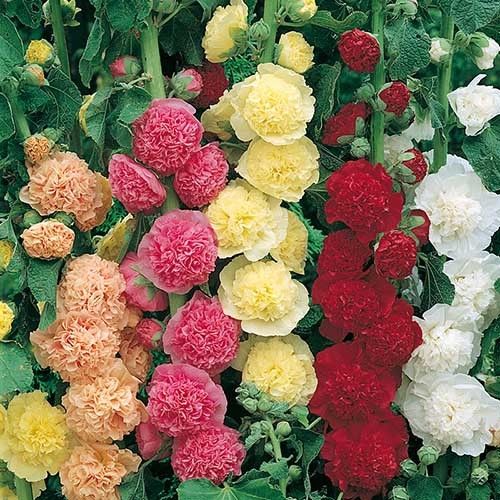



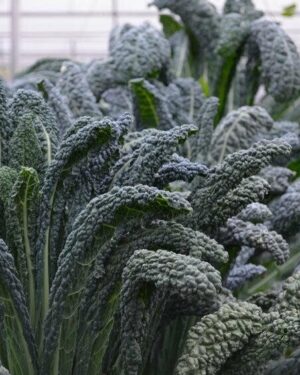
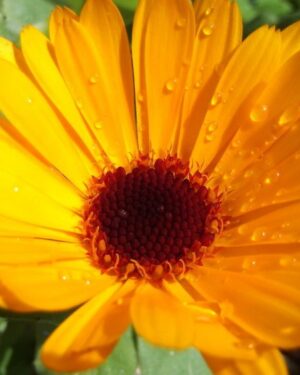
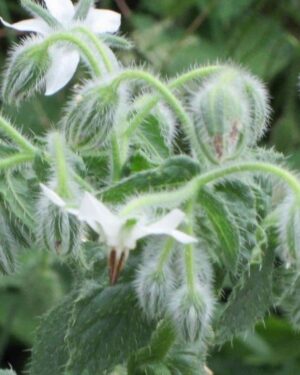
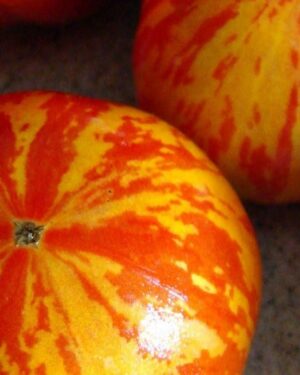
Reviews
There are no reviews yet.